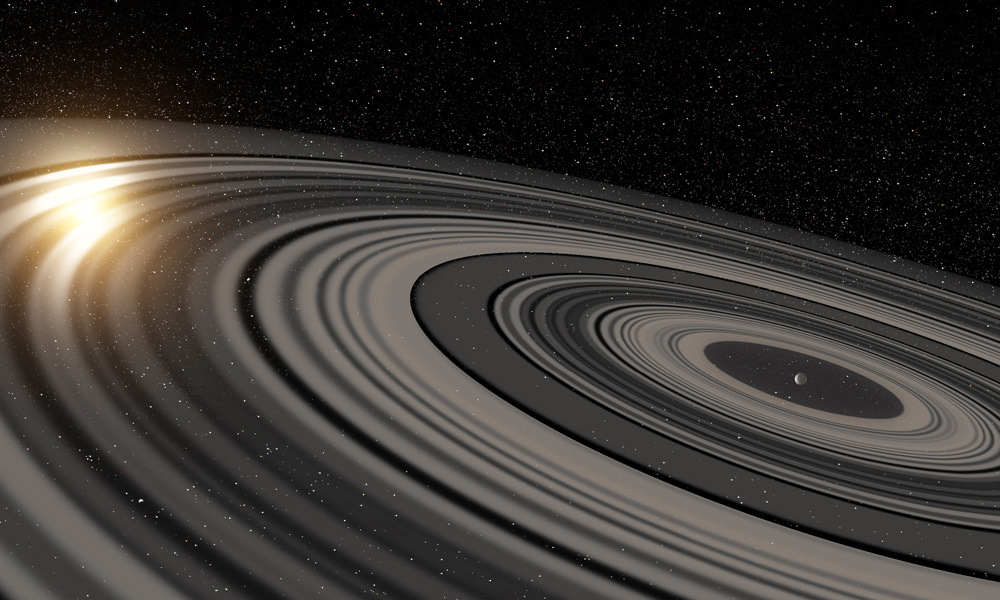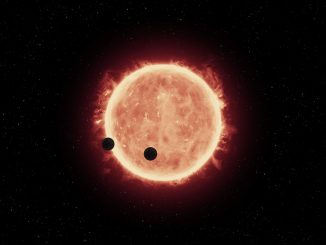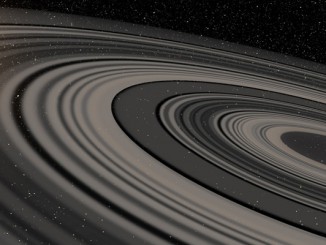
The researchers Steven Rieder (RIKEN AICS, Japan) and Matthew Kenworthy (Leiden University, the Netherlands) studied the star J1407. This young Sun-like star showed a strange series of eclipses in 2007. The researchers proposed an explanation in 2015: there should be a planet with a gigantic ring system that is orbiting the star. The rings should be over a hundred times larger than the rings of Saturn.
In 2016, the researchers carried out simulations to see whether such a massive ring system can be stable for a long time. Before the simulations, there were doubts about this hypothesis since the exoplanet orbits in a very eccentric orbit — sometimes the planet gets close to the star, and the gravitational effect of the star could disrupt the rings.
Now the simulations show that the system is stable and can persist for more than 10,000 orbits of 11 years. According to lead author Steven Rieder, there is one premise, though: “The system is only stable when the rings rotate opposite to how the planet orbits the star.”
Rings that turn in this sense (retrograde rings) are not common. Therefore the researchers suspect that there has been a catastrophe that caused the rings (or the planet) to turn the other way around.
Rieder: “It might be far-fetched: massive rings that rotate in opposite direction, but we now have calculated that a ‘normal’ ring system cannot survive.”
The star eclipses could still be caused by a free-floating object. “The chance of that is minimal,” says Rieder. “Also, the velocity measured with previous observations may not be right, but that would be very strange because those measurements are very accurate.”
In future research, the astronomers want to investigate how the ring structure could form and how it changes over time.



